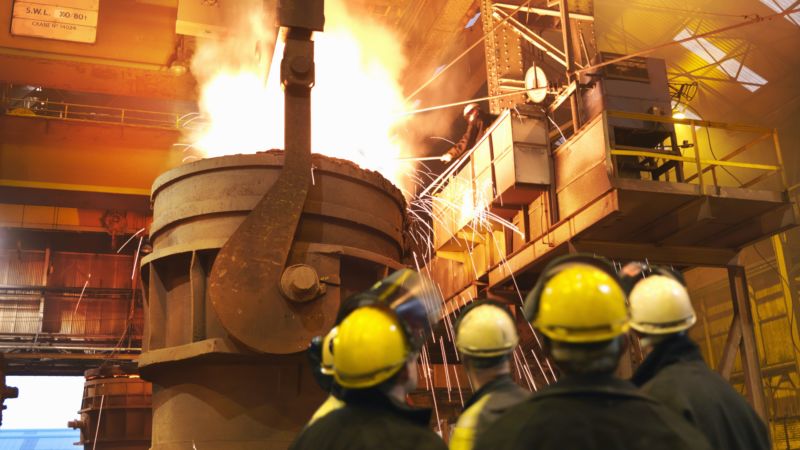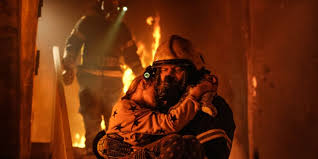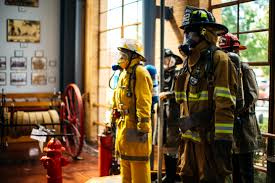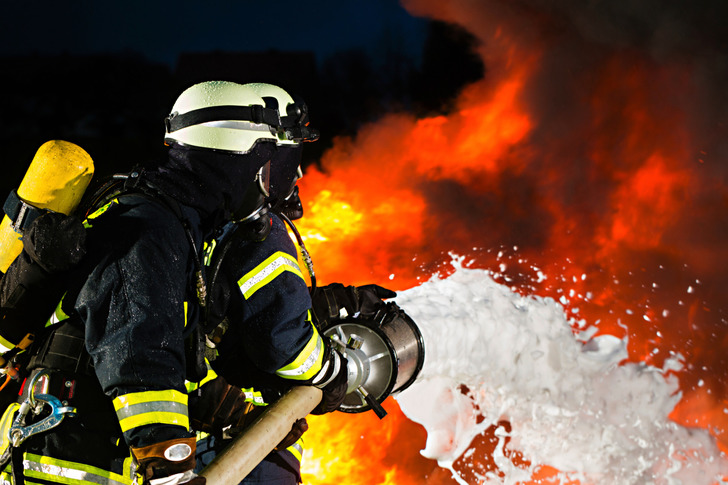

The purpose of Fire Risk Assessments is to improve Safety Management Systems, NOT simply to collect data and file. The assessments have to be both "suitable and sufficient", must never be carried out in isolation but in a practical and systematic way. Naturally, there cannot be an "off the shelf solution". Every workplace is different. It is vital that assessors are able to seek commitment from the top of the organization and to consult with all relevant personnel; this will ensure a company-wide acceptance of the findings.
Paradigms are being shifted to emphasize the concept of fire assessment and safety systems as organizations attempt to effectively reduce losses and protect their reputation. So much so that all employees must have an understanding of fire, how quickly it can spread, and how devastating its impact can be. With this knowledge, employees will be better equipped to recognize fire hazards in their work environments and take steps to introduce and practice fire safe behaviors. Industrial Fire Risk Assessment, Safety and Emergency Planning includes compliance with applicable regulations, adopting suitable best practices, and applying common sense.
This dynamic Course provides the delegate with all the requirements and instruction on what to do and what not to do when carrying out Assessments and implementing the findings.
By the end of this course delegates will be able to:
This interactive seminar will benefit anyone who desires to develop an organizational understanding of Fire and Safety competences to allow them to carry out Fire Risk Assessment processes, prepare emergency plans and so enhance their careers. It is also intended for those who are responsible for enhancing fire safety awareness and emergency planning practices in industrial applications:
Principles of Industrial Fire Risk Assessment, Safety & Emergency Planning
Fire precautions regulations and legislation
Effective Safety, Fire Prevention and Emergency Planning Program
Communications, Emergency and Evacuation Drills and Exercises
Essentials of Safety Management Systems
Maintenance of equipment, plans and procedures - exercising
CDGA attendance certificate will be issued to all attendees completing minimum of 75% of the total course duration.
| Code | Date | Venue | Fees | Register |
|---|---|---|---|---|
| HSE106-01 | 01-02-2026 | Jeddah | USD 5450 | |
| HSE106-02 | 11-05-2026 | Istanbul | USD 5950 | |
| HSE106-03 | 23-08-2026 | Dubai | USD 5450 | |
| HSE106-04 | 22-11-2026 | Manama | USD 5450 |

Industries involving the use of, storage of, or handling and transporting of hazardous or combustible materials possess potentially serious fire, life safety and environmental hazards if safe practice ...

Power plants have special fire protection issues: few people on duty, limited numbers of response agencies, and few fixed systems. Further, because of the increasingly competitive nature of the Electr ...

Fire safety within a building or plant must be managed to be effective. Therefore; this course is concerned with the overall study of fire prevention, fire development, fire containment, fire dynamics ...
This training course is designed to provide participants with a thorough understanding of industrial fire prevention, protection, and fire safety strategies. The course will cover regulatory framework ...
Providing services with a high quality that are satisfying the requirements
Appling the specifications and legalizations to ensure the quality of service.
Best utilization of resources for continually improving the business activities.
CDGA keen to selects highly technical instructors based on professional field experience
Since CDGA was established, it considered a training partner for world class oil & gas institution
3012, Block 3, 30 Euro Business Park, Little Island, Co. Cork, T45 V220, Ireland
Mon to Fri 09:00 AM to 06:00 PM
Contact Us anytime!
Request Info